Whether planning a trip to South Korea or getting ready for a layover in Incheon Airport, it's important to understand the travel requirements for visiting Korea.
Before you book your ticket, make sure all of the necessary documents are in check, including a K-ETA or visa for Korea. In this post I discuss the important travel requirements for South Korea to make your trip planning a lot smoother.

Jump to:
✈️ Basics of Travel in South Korea
Visa: Most travelers will need a K-ETA (Korean Electronic Travel Authorization), applied for at least 72 hours before departure. If you needed a visa before, you'll need a K-ETA now. Note that from April 1, 2023, to December 31, 2025, passport holders from 22 countries, including the US, UK, Canada, and several EU nations, can visit visa-free – no K-ETA required!
Currency: South Korean won (KRW or ₩)
Arrival in Korea: all international flights arrive at Incheon Airport (ICN), one of the best-rated airports in the world. It usually takes about 1 hour to get through security & pick up checked bags.
Getting Around: Korea has an extensive & reliable public transport system. A refillable T-Money card is your ticket to buses and trains across the country; you can buy and refill yout TMoney card at any subways station or convenience store in Korea.
Internet & SIM Cards: Rent a Wi-Fi egg or purchase a prepaid Korean SIM card at the airport, available for up to one month of connection.
Travel Insurance: always recommended, though some credit card companies offers limited coverage when booking.

📝 South Korea Entry Requirements
Visa Categories and Conditions
When you plan a trip to South Korea, you must be aware of the various Korean visa categories and conditions. Each South Korean visa category differs depending on the purpose and duration of one’s stay, but the most common categories are for tourist, business, and student visas.
Most foreigners I encountered when living in Korea happened to be citizens of a primarily English-speaking country (like Australia, Canada, England, Ireland, New Zealand, South Africa, and the U.S.A.) who have an E-2 visa.
This visa lets you stay in the country to teach English for 13 months - if you’re curious about teaching English in Korea and want to know more, please visit the English Program in Korea (EPIK) website.
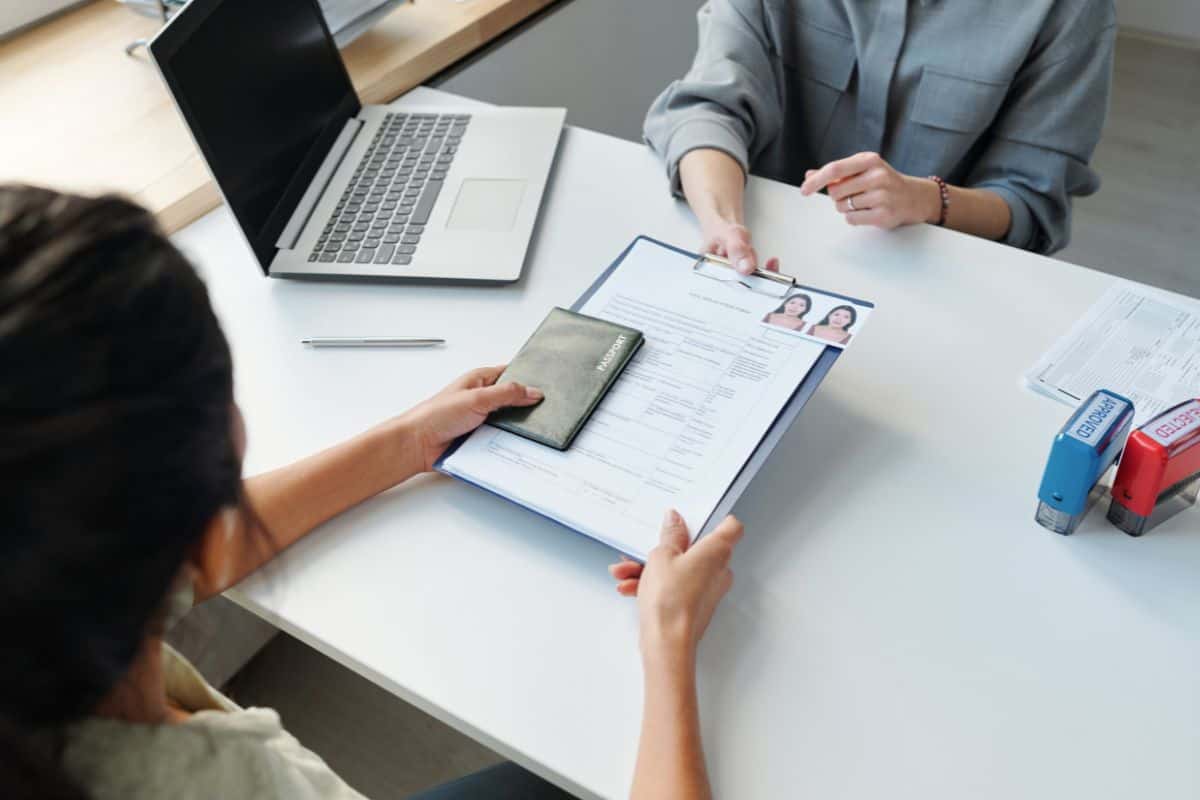
Korean Electronic Travel Authorization (K-ETA)
A Korean Electronic Travel Authorization (K-ETA) may be required for some nationalities, and a visa is needed for others. To check your eligibility and find out how long you can stay in South Korea, please use the official K-ETA Application Eligibility Guide.
Make sure to apply for a K-ETA at least 72 hours (or even earlier) before travel. Most travelers recommend acquiring this as soon as possible because it may take a while to process, or you may need to reapply, though one month in advance is generally enough time.
Visa-Free Travel and Visa Waiver Countries
For some nationalities, visa-free travel to South Korea is possible under specific conditions. If you come from a designated visa-free or visa-waiver country, you may enter South Korea without a visa for short-term tourism or business purposes.
Still - this benefit doesn’t exempt you from the K-ETA requirement, so be sure to secure one before you arrive in South Korea.
Note: Always check the current visa policies for your specific nationality before making your travel arrangements. For a list of South Korea’s visa-free countries, please refer to this site.
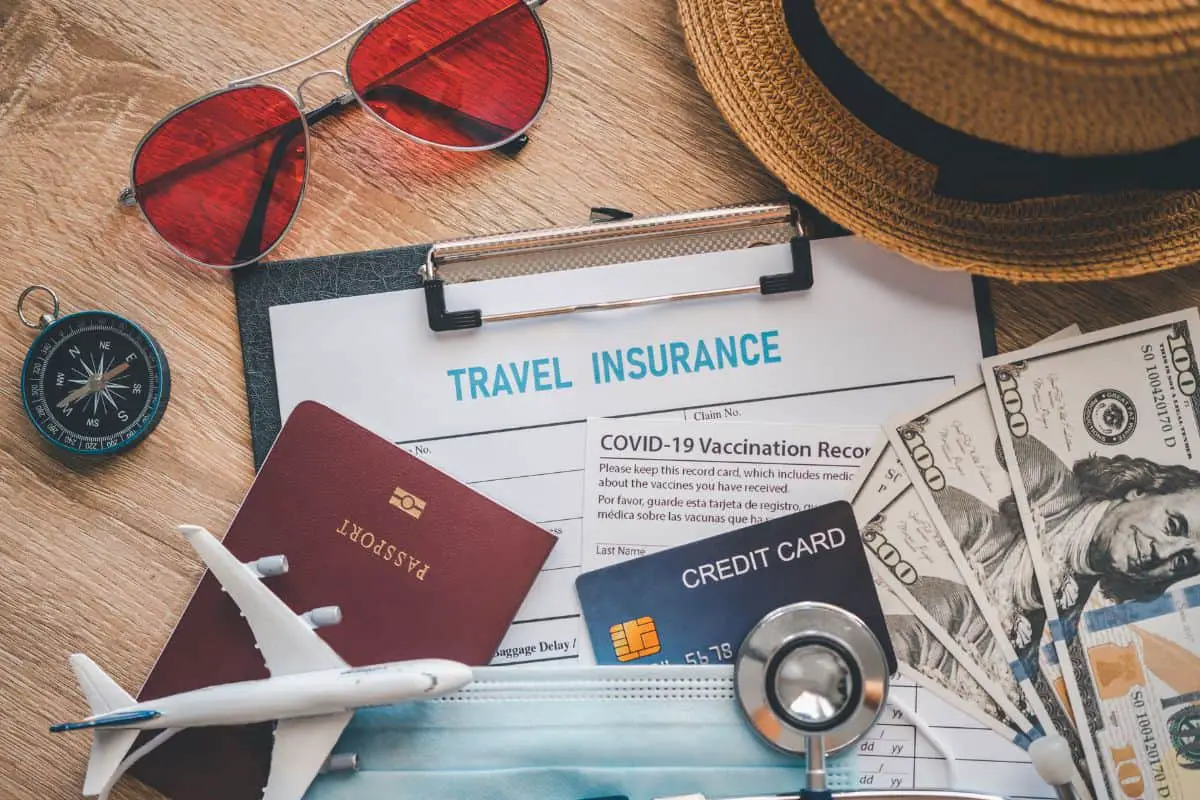
Documents and Passport Validity
Depending on your nationality and the type of visa you have, you may still need to provide other supporting documents, such as a return or onward ticket or proof of sufficient funds for your stay (and you may also need an itinerary if you are planning to venture Korea as a tourist).
Also, it's important that you check if your passport is valid at the time of entry and that it has at least one blank page for a stamp. Besides the passport, you can refer to HandyVisas to learn what requirements you need to enter South Korea.
Culture enthusiasts will love the idea that most of the tourist sites in Korea can also be visited for a small fee or free if they meet certain conditions (like wearing a hanbok in any of the five Seoul palaces).
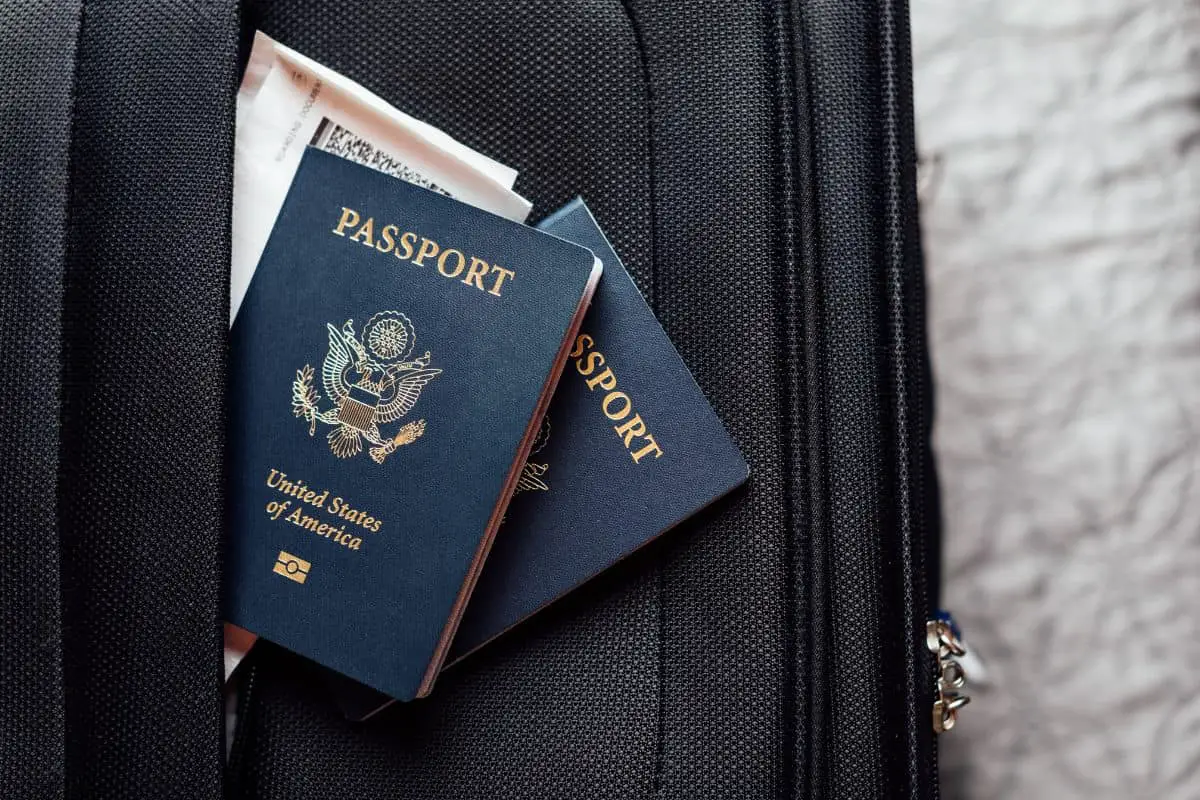
✍️ How to Apply for K-ETA: Step-by-Step
Before starting the process, you have to make sure that you have the following: a valid passport, an ID photo following the K-ETA conditions, dual nationality information (if applicable), travel agency information (optional), and an address in Korea.
There’s also a ₩10,000 fee (~$8USD) for the application process, and additional fees depending on your online payment method may apply. Be sure to check everything carefully before you hit send because once you pay this amount, you can never get it back.
You must also be willing to disclose a history of disease-related information and state past criminal records. For more information regarding this process, please visit the Application Requirements page of the K-ETA website.
Applying for a K-ETA is very simple. First, you must apply for K-ETA through the K-ETA official website or download the mobile app (in Google Play or Apple App Store) at least 24 hours before boarding an airplane or ship bound for Korea.

Once you have chosen your mode of application, here’s a step-by-step guide to the whole process:
1. Choose your preferred language and service type on the upper left corner of the site. The website offers multiple language options.
2. Click the two bars in the upper right corner, and press “K-ETA Apply.”
3. Answer the Terms and Conditions Agreement. Select your continent/region, and then select the country/region listed on your passport. Read the following agreements on the collection and use of personal information, and make sure you agree to everything before moving forward.
4. Fill in your passport number and submit your email address. Provide a valid and active email address, as you will receive confirmation and updates regarding your K-ETA application through this email.
5. Enter your personal and travel details. In this step, you are asked to upload a passport bio page image file. Fill in your personal and passport information, including your full name, date of birth, passport number, and passport expiry date.
6. If you are a dual citizen, kindly indicate “YES” once you see this option.
7. Upload your phone number. If you don’t have a personal phone number, make sure that it is a contactable and reachable line.
8. Indicate if you have ever visited Korea before, select your purpose of entry, and enter the address where you will be staying in Korea. Toggle between the Korean or English option depending on the address given to you.
You can search using the postal code search or the address search. Hit the find button on the search engine and choose the address generated by the search results. Then, you provide the full address in the space below to include specifics like the floor and room number.
9. Provide your contact number in Korea. If you don’t have a mobile phone number yet, you can input the number of your hotel, guesthouse, company, or acquaintance. Afterward, choose your occupation type.
10. Please declare if you are currently sick with an infectious disease and if you have faced any criminal charges in the past.
11. Upload your photo. You must upload a recent passport-sized photo of yourself with a plain white background. It should be in color, saved as an image file (preferably in .jpg format), and its size should be under 100 KB with a pixel density of less than 600x600.
Avoid wearing accessories like hats, scarves, or sunglasses in the picture, and opt for simple clothing. Remember that Korean identification rules require a full face, facing forward, eyes open, and looking directly at the camera.
12. Review and confirm your information. Before submitting your application, double-check all the information you entered to ensure everything is correct. If everything is accurate, proceed with submitting your application.
13. Pay the K-ETA fee. You will be prompted to pay the K-ETA application fee online using the provided payment options. Complete the payment process to finalize your application.

After completing these steps, you'll receive a confirmation email with your K-ETA application number. Once approved, the K-ETA will be sent to your email. Remember to print it out and carry it with you when traveling to South Korea.
Take note that your K-ETA is valid for 3 years (or 2 years if you applied before July 3, 2023) from the approval date. But, if the passport you used for the K-ETA application expires in less than 2 years, then the K-ETA approval will only be good until your passport’s expiration date.

🚌 Public Transportation and Safety
Using Public Transportation
Public transportation in South Korea is known for being efficient, reliable, and relatively easy for foreigners to navigate, especially the Seoul Subway. When visiting for tourism or business purposes, you'll find that most transportation systems have English signage, albeit sometimes intermittently, making it simpler to find your way around.
Keep in mind that it's always a good idea to plan your routes in advance to avoid any confusion. To plan routes, download applications like Kakao Map (Android | Apple) or Naver Map (Android | Apple) to help you with your travel planning.
Medical Care and Emergency Assistance
In case you need medical care or emergency assistance during your time in South Korea, it's important to be aware of the available resources. You can dial 1339, which is the Medical Assistance Call Center, if you need help finding medical facilities or understanding the local healthcare system.
Additionally, make sure to visit your doctor at least a month prior to your trip to get any vaccines or medicines you might need.
Alcohol and Drug Regulations
It's essential to be aware of and adhere to the country's alcohol and drug regulations. South Korea has strict laws when it comes to drug possession and usage, with severe penalties for violations.
For alcohol consumption the rules aren’t as strict, considering that they only have stipulated the legal drinking age (19 years old) and the regulation of online alcohol sales.
This doesn’t mean that you should go crazy on your drinking. Keep in mind that despite the cultural drinking expectations, you must know your limits to keep yourself safe in a different country.
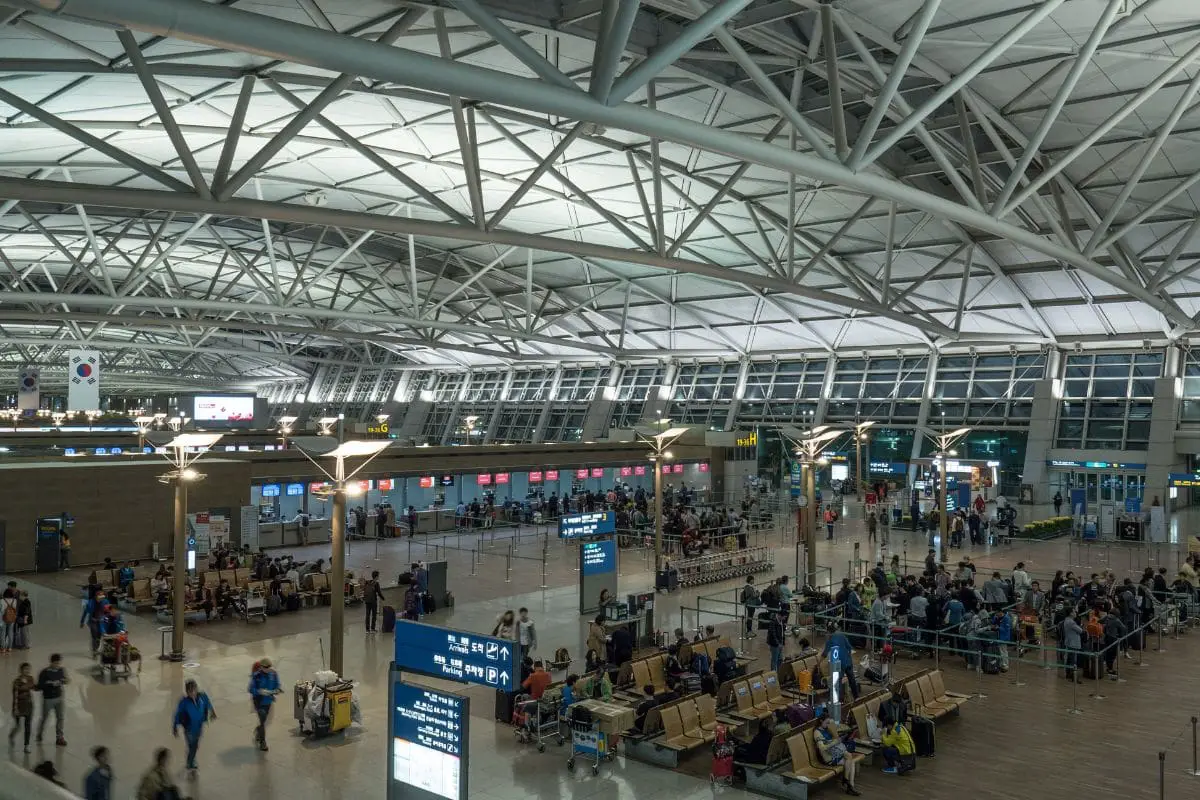
✅ Travel Advisory and Checklist
Covid-19 Advisory
Before traveling to South Korea, it's important to stay updated with the latest travel advisories. Read the Department of State's COVID-19 page and the Embassy's COVID-19 page for country-specific information.
Currently, the Republic of Korea doesn’t require incoming visitors to undergo COVID-19 testing, show proof of vaccination, or fulfill quarantine requirements for entry to Korea.
However, they still need you to present a QR code from the Quarantine Information Advance Input System. If you haven’t accomplished this, then upon arrival, airport staff will have you fill out a yellow form.
The rules and regulations are always subject to change, and you should always visit the Korea Disease and Control Prevention Agency for updates regarding this matter.
If you’re required to do a PCR test upon arrival, please refer to this list of COVID-19 Screening Clinics. Even though the restrictions on COVID-19 have been lifted, it’s still essential that you abide by the local COVID-19 guidelines and protocols to ensure your safety and the safety of those around you.
Q-Code System
When traveling to South Korea, you should be aware of the Q-Code system, which handles the management of incoming travelers. The Q-Code system is an electronic health declaration that helps Korean authorities monitor the health condition of travelers entering the country.
Upon arrival, you must download and install a mobile app on your device and register your personal information, including your vaccination status and PCR test certificate, if applicable.
The Q-Code system will assign you a unique code to track your health while you’re in Korea. You should carry your phone with you at all times during your stay in the country, as you may be required to present your Q-Code at any public health center or facility for monitoring purposes.
Last-Minute Checklist
To help prepare for your trip, create a checklist to ensure you have everything you need. Consider including the following items on your checklist:
- Valid passport with at least 6 months of validity remaining
- Travel insurance that covers your entire duration in South Korea (try WorldNomads and Visitors Coverage if you don’t have one yet)
- Copies of important documents, such as your passport and travel insurance policy
- Adequate local currency for your trip
In addition to these essentials, preparing for your health and safety while visiting South Korea is important. If you need assistance locating a facility that provides specific vaccines or medicines, visit the CDC's Find a Clinic page.
Furthermore, Americans may enroll in the Smart Traveler Enrollment Program (STEP) to receive alerts and help the embassy locate you in case of an emergency. Lastly, familiarize yourself with local customs, etiquette, laws, and norms to ensure a smooth and enjoyable trip.
🙋 Frequently Asked Questions
Currently, pre-departure negative PCR test certificates are no longer required to enter South Korea since September 3, 2022. However, upon arrival, travelers exhibiting symptoms like fever or cough need to undergo COVID-19 testing at their own expense.
There are no specific COVID-19 vaccination requirements for travel to South Korea. But, vaccinated visitors do benefit from not having to quarantine upon arrival. Remember that the situation can change in the future, so it is essential to stay updated on any new regulations regarding vaccination and entry.
US citizens traveling to South Korea for short-term business or tourism purposes don’t need a tourist visa from April 1, 2023, to December 31, 2024. The Korean Electronic Travel Authorization (K-ETA) is also not required during this period. However, your passport must be valid at the time of entry, and you need at least one blank page for entry stamps.
Foreign nationals entering South Korea won’t be required to undergo a 7-day mandatory quarantine. However, travelers must still obtain a valid visa or K-ETA before their trip. Moreover, I advise you register your travel and health information through the Quarantine COVID-19 Defense (Q-Code) system before traveling to streamline the airport arrival process.

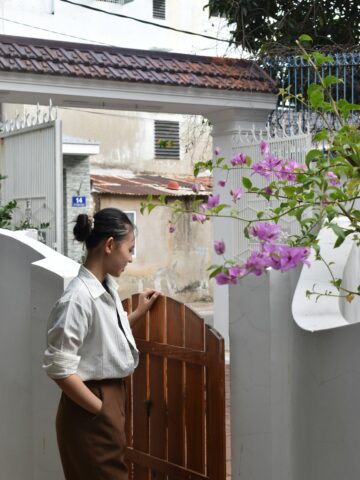



Katya says
This was very helpful thank you
Max says
My pleasure, Katya; I'm glad you found it helpful!
Pia says
Dear Max This is very useful information thank you! One question as a solo female traveller what might be the obstacles if any? Second question do you know if there are any rules when bringing medicine for personal use; do I need a proof from my doctor what they are used for? I would only stay 2 weeks maximum as a tourist. Thank you and have a good day!
Max says
No problem, Pia! I'm glad to help. The main obstacle as a female alone in Korea will be finding places where you can eat alone, paying for the same amount of hotel room, and people to take your picture, as some tasks are just harder to accomplish with just one person. I've travelled all across the country as a solo female traveler, even when I had just arrived and couldn't speak any Korean, and otherwise the travel obstacles would be the same as if you were in a couple or group (navigation, communication, etc.). And no, you shouldn't; I've never had issues coming back with my prescriptions, but you can bring the proof along if it would help your peace of mind.